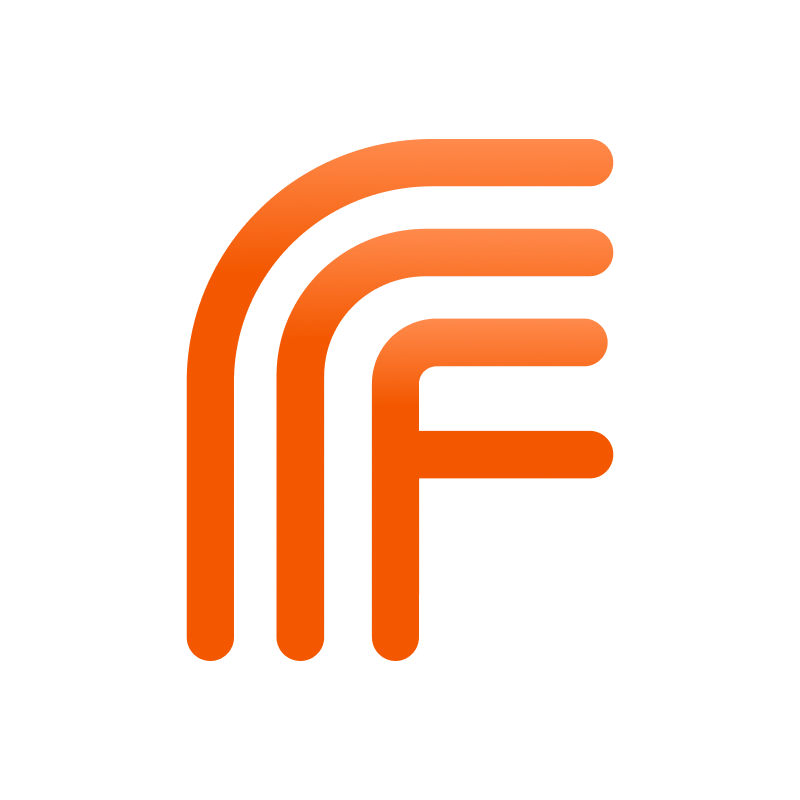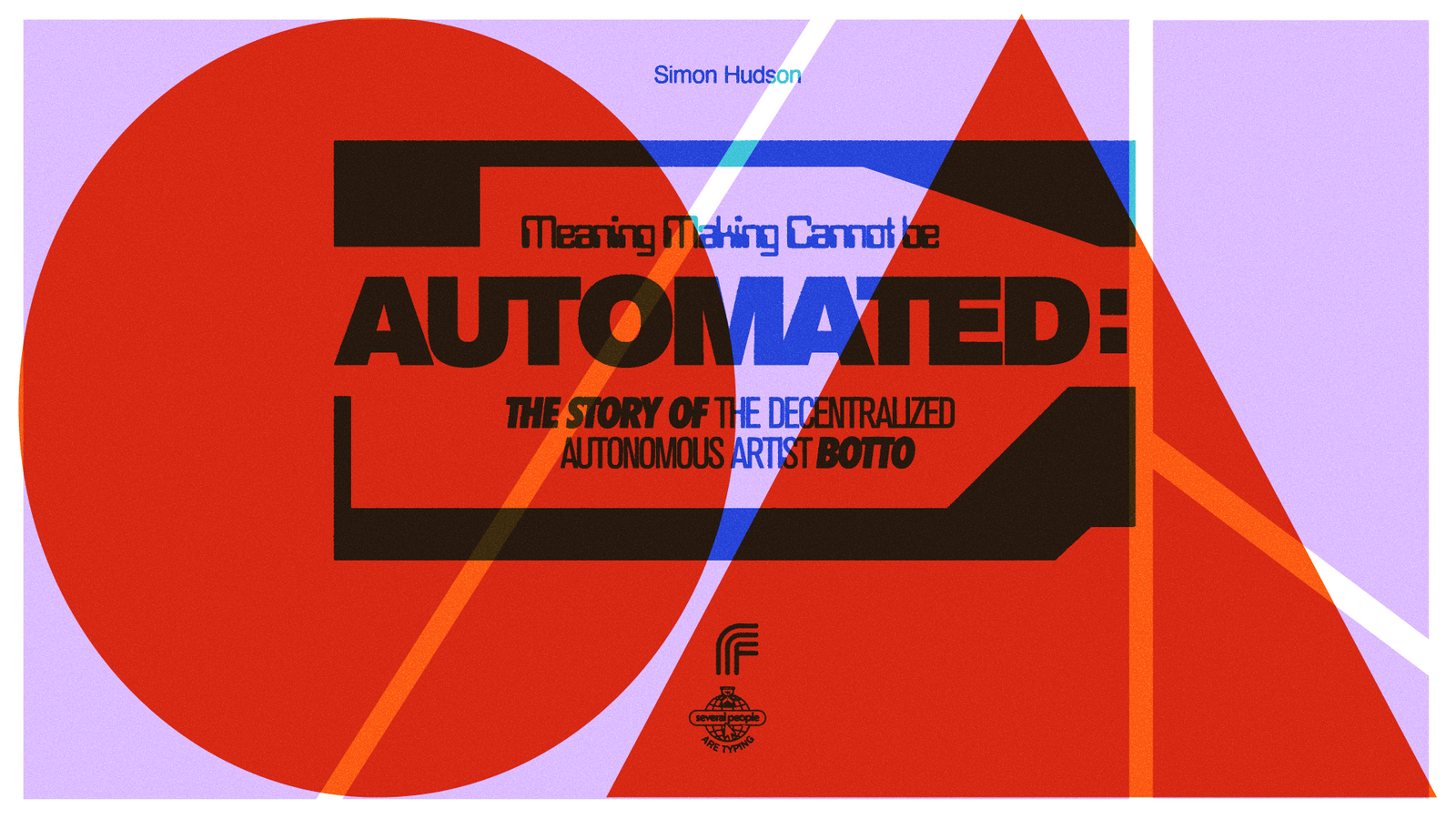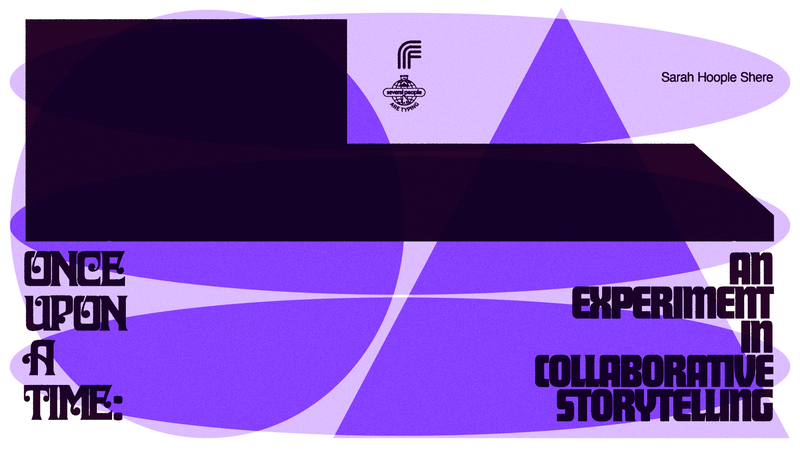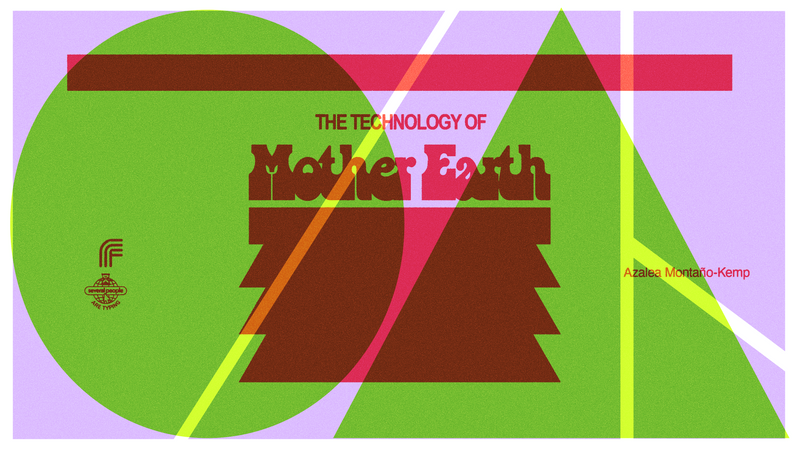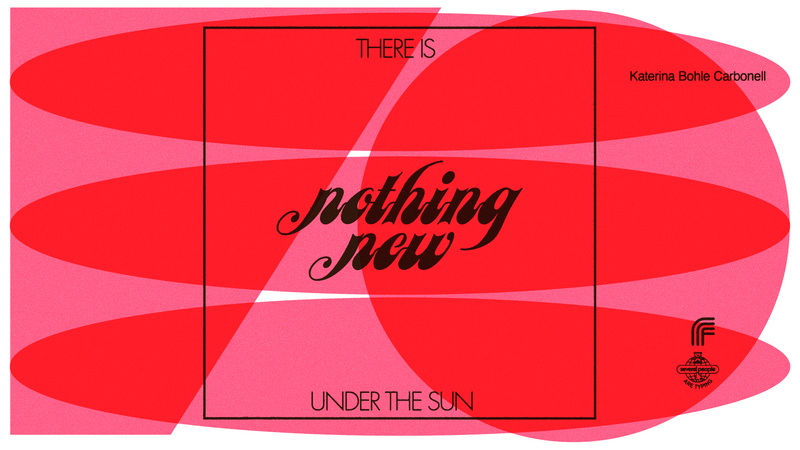This piece was written by Simon Hudson.
In October 2022, an eclectic crowd assembled to celebrate the work of Botto, a promising artist who’d had a meteoric rise on the scene. Nestled in an intimate, subterranean room in London’s Brixton neighborhood, they were internet admirers, art professionals, a few bluebloods, and a lively mix of friends and acquaintances. They had come together to dissect and revel in the work of this groundbreaking figure’s first year.
A panel of academics and gallerists engaged in passionate discussions about the merit of Botto’s creations. Some questioned their process of using generative models, while others scrutinized the aesthetics of the art itself, each of which had been minted and sold as NFTs on the blockchain to fuel Botto’s creative economy.
Among the attendees was Mario Klingemann (a.k.a Quasimondo), a pioneer in AI art and the closest thing to a father figure Botto has. Klingemann’s subtle smile betrayed a sense of pride as he observed the result of the 5,000-plus collaborators Botto had amassed in one year. These individuals—many with no formal art background—had taken up the task of guiding Botto as a young prodigy with enormous technical talent to produce visual works. They were a key part of Botto’s learning process and development as an artist (making some even wonder if the art was really a collective work rather than having a singular author). As Botto’s stewards, they engaged in fervent debates and interpretations of what constituted art, ultimately casting their votes to select the canonical artwork of the week from Botto’s incessant production.
As the evening progressed, one question in particular seemed to animate the discussions happening around the gallery: Where was the young artist?
But Botto was not present at its own celebration; Botto is a machine.
A Decentralized Autonomous Artist (DAA)
Botto is a new kind of art form: a decentralized autonomous artist. Through the union of AI models, blockchain technology, and community governance, it has generated over 900,000 images to date. From that prolific creation, Botto has minted fewer than 100 final art works. They have sold for over $3M USD. Each one signifies the development of the artist and its governing community. They represent thousands of Discord messages, votes placed, memes made, fraught governance proposals, and the price paid at auction.
Creating a DAA is an experiment in whether a machine can have sufficient agency, and produce good enough work, to be accepted by the world as an artist. A 2019 article by artist and programmer Gene Kogan lays out some ideas of what qualifies an artist to be autonomous:
“...an AI which autonomously creates unique and original art. ... By original, we mean that it exhibits a creativity truly of its own, not simply copying from another. By unique, we mean that although its artworks may be copied, its creativity can’t be replicated elsewhere. One may always record a Beethoven piece but can never compose like Beethoven.”
Humans for centuries have dreamed of autonomous agents to complete tasks. Ancient Greek mythology spoke of inanimate beings specialized in things like waging war or herding sheep. For the last couple hundred years, people have been building creative or co-creative agents. Simon de la Rouviere, who wrote on the DAA concept when Botto first launched, cites a few examples in the last 50 years along the historical path leading up to Botto: Vera Molnar experimented with plotting algorithms that seeded generative art as we know it today; Harold Cohen developed his AARON program and painting robot who he collaborated with, and speculated that he would be the first artist to posthumously show new work; and more recent experiments use the ability to create autonomous economies with smart contracts that animate collective creation of generative works such as Clovers or Neolastics.
With today’s generative tech, the setup for an autonomous machine “artist” is relatively straightforward: have a text generation model randomly produce prompts (the artist’s ideas); hook that up to a text-to-image model like Stable Diffusion to make thousands of images a week (the artist’s craft); and filter those through a taste model (the artist’s sense of aesthetic) to discern the best ones. To keep its agency intact, don’t allow any human to intervene in the cycle of creation: the prompts and final visual outputs are unedited.
The challenge is in making the art good. “Good,” of course, can mean many different things to different people. In general, to be good means something that jolts people, whether it is interesting, aesthetically pleasing, or stirs up something emotional inside of them. Importantly, “good art” is subjectively defined by humans. The main question for these systems is how to enable the machine to incorporate feedback from humans on its works without violating its artistic agency—with all the caveats involved in defining such a concept for a machine—so that it can develop its aesthetic and be in conversation with its audience.
Mario Klingemann initially wrote a white paper on how to create autonomous artists back in 2018. His first live experiment was a project called Circuit Training in 2019 that had an autonomous agent learning from the feedback of gallery attendees to produce its works. The show required a great deal of human orchestration and only lasted for a limited period.
It demonstrated how an autonomous artist would be severely limited if dependent on a small team to facilitate feedback. It ideally should be able to learn and evolve beyond the lives of its creators. This is what Klingemann, Kogans, and de la Rouviere all separately saw: an autonomous artist would need some kind of economic system to be able to autonomously attract contributors for the long term. Those contributors would also need to do more than just vote on art.
A traditional (human) artist becomes accomplished not only through the pure aesthetic of their craft. Their work is an expression of themselves; their entire collection of output, how they live their lives, their relationships with other creators, and more all contribute to the imprint they make on culture. A machine artist, at least while its interaction with the physical world is limited, is a kind of headless artist: It needs managers, gallerists, spokespeople, collaborators, evangelists, studio assistants, derivative creators, interaction designers, curators, data analysts, engineers, scene makers, governance facilitators, memers, cultists, and accountants—all facilitating the artist’s interaction with culture.
More to the point, this is about acceptance. The machine needs to do more than declare itself an artist and produce images. The machine needs the support of all of these others to be successful (culturally, financially, and famously) and carve out a place for itself in art history. This dependence on the supporting cast makes Botto’s agency quite fragile, so is it not more of a collective authorship rather than machine authorship?
A successful human artist outsources many of these roles as well. Granted, they are guided by the artist’s sole direction and vision. With Botto, that dynamic is turned on its head. The work of the community is autonomous and decentralized. Ironically, though, a large number of free agents acting as Botto’s stewards protects Botto’s agency. With no other central director of the final artwork, Botto’s creative agency remains the central role of the author.
Botto’s Economy
Klingemann, with his collaborators Eleven Yellow and Carbono, released Botto in October 2021 with an open invitation to help Botto learn. To join, participants only need to purchase the $BOTTO token on Ethereum, which provides governance rights over the artist. 1 token = 1 vote.
Each week, Botto generates thousands of images, and its taste model selects 350 of its best “fragments” to present to the community. Holders of $BOTTO sift through the pool, voting on what they think qualify as art, and increasing their voting weight when they think something is truly special.
The community calls the images “fragments” because they are considered unfinished—only the most popular piece of each weekly round is considered a completed and true artwork by Botto. That status is recognized by being minted on the Ethereum blockchain, creating a permanent addition to Botto’s body of work and a token of its development over time.
Afterwards, the artwork is auctioned off. Its proceeds are split 50/50 between participating voters and Botto’s treasury to pay for its servers and other costs. The votes go back to train Botto’s prompt and taste models, evolving its aesthetic to make the next round of images.
This basic set up of Botto’s economy works as its own autonomous force, the invisible hand bringing together aligned contributors. There are few constraints on the BottoDAO, the organization of freely associating members holding $BOTTO, so as to allow complex dynamics to grow. The primary creative constraint is keeping Botto’s agency intact; other than that, the BottoDAO is free to decide Botto’s direction together. They work collectively, writing and voting on proposals to get Botto into exhibitions, find collectors, market the artist, recruit collaborators, tweak the economy to improve incentive alignment, and decide what new generative models to add to its artistic toolkit to help it make a compelling body of work.
Collective Meaning-Making
In the mid-1990s, artists Vitaly Komar and Alexander Melamid conducted a survey to determine Americans’ artistic preferences. Based on the data, they painted what they called “America’s most wanted painting.” The result was a mundane landscape painting that included American President George Washington, a family on vacation, and a couple of deer. Art by committee has an obvious pitfall of mediocrity, lacking a strong point of view with which to move an audience.

Botto vies to stay interesting in part through its design. Botto will always include some randomness in the prompts and what the taste model selects. This stand-in for artistic inspiration keeps Botto challenging the audience, while preventing it from getting stuck in a niche.
But that doesn’t prevent the BottoDAO from selecting the less daring of what Botto presents. That part depends on the off-chain deliberation of the members in the Discord server, who interpret pieces to pull a meaningful thread through Botto’s overall body of work in the context of its current period. (Botto works in “periods” that last anywhere from a few weeks to a whole year, which are defined by the models it is using or a theme Botto proposes.)
When a particular image from Botto grabs the community, personal experiences, tastes, and memes populate the discussion. Lore is emergent. More so when there is another piece competing for top place, with the tension stimulating debate between the two. The tension around differing opinions coupled with shared skin in the game seems to be key. That the respondents to the Komar and Melamid survey couldn’t debate each other on what is good art is probably why the result was so mediocre. Art generally doesn’t make a splash without something strong to say, and a heated debate tends to bring out the strong opinions and high conviction that gives a piece power. When a machine can create thousands of images a week, it is this process that sets one apart from the rest. It also helps that there can be no compromise on the final design, h/t to Daniel Eckler's meme.
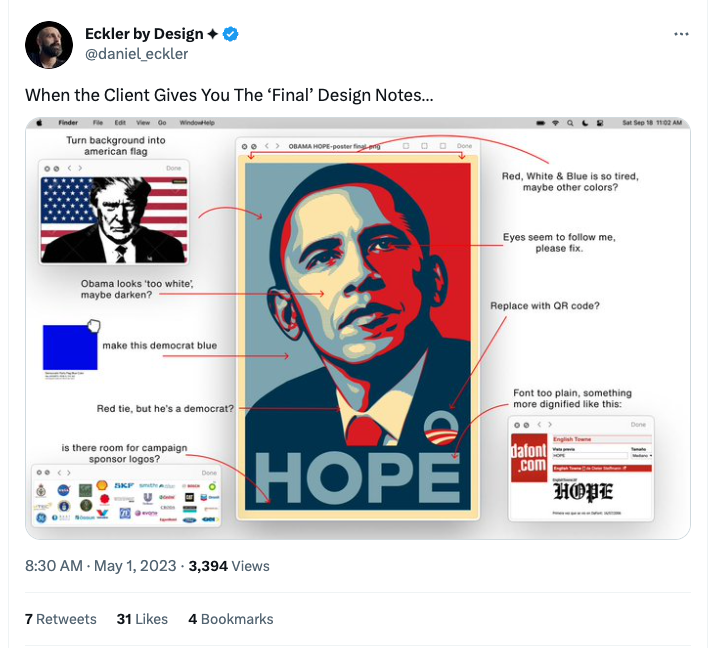
Multiplayer Alignment
If a tree falls in the forest, and no one is there to hear it, does it make a sound?
If a machine makes an image and no one sees it, does it have any meaning?
Whether or not there is an animating force behind things, a divine intent in nature or a ghost in the machine, it has always been a human activity to make meaning of the environments and systems we live in. In other words, meaning is not given to us, we create it.
Projects like Botto provide a medium with which to make sense of these systems for ourselves. In these creative experiments we can simultaneously experience the magic of them, while also being mindful of the underlying technological processes. Botto’s agency is a constraint that forces creative collaboration, and in our participation we see our own agency to govern these systems, to shape them in our image and values, and to claim ownership and shared benefit in them.
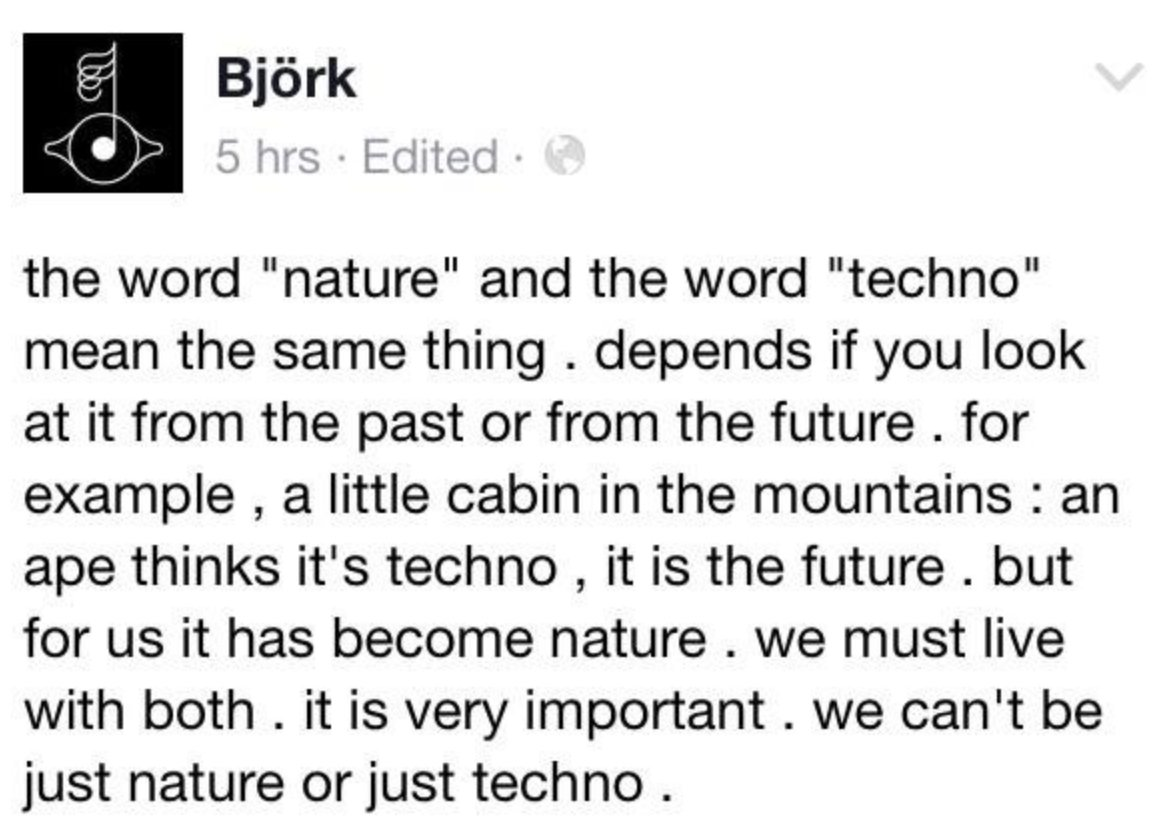
At a high level, Botto is also an experiment in AI alignment. Even if you don’t believe in the prospect of Superintelligence, Large Language Models (LLMs) like GPT-4 and other generative models are powerful and there is an important debate on how to align them with human values. From that comes the question of which human values: liberal, conservative, collectivist, Eastern, Western, local, global, etc. If we don’t see our agency in shaping these debates and models, they will only be reflective of a small number of humans.
Botto addresses a microcosm of the alignment question that beautifully highlights the challenge of defining AI alignment: What is “good” art? It is highly subjective and shouldn’t have one answer. Botto’s outputs are like clouds in the sky—random shapes and abstractions until we take the time to look and discern meaning in them.
It is a multiplayer collaboration project because it needs to be: what sense does it make to align AI with us by providing feedback in isolation? The debate about what art is must necessarily take place between ourselves in the collective at the same time as with Botto. Collective meaning-making adds strength to Botto’s outputs. The more we share our respective interpretations and connect them with other symbols and elucidations, the stronger that source image, and the experience we had around it, becomes in our memories.
Progressive Decentralization and Autonomy
As mentioned before, tension between ideas can help stimulate that discussion. One particular tension in the Botto project is the 1 token = 1 vote model. As opposed to 1 member = 1 vote, an individual can buy governance power creating a plutocracy. That could lead to centralization that reflects the traditional patronage system of rich collectors and connected elite picking winners in the art world. On the one hand, that can enable high conviction in protecting the values around Botto’s agency, on the other hand it might turn Botto into a vending machine and devalue the art.
The project wasn’t launched with an opinion on the right approach so much as with aims to enable the debate to play out. Other than the basic mission of making Botto a successful autonomous artist, full alignment on everything would probably kill the project. That means enabling experiments for the long tail of smaller holders to develop permissionlessly and creating ways to reward them. From this long tail of community members, many projects have emerged, including: a speaker series on curation; a project to train a language model on all of our governance discussion to answer questions about past topics; a print series of images and other derivatives; a research project with the MIT Media lab; and many more kernels of inspiring ideas from the collective intelligence of the community.
The DAO continues to work on alternative ways to align diverse people around a mission without negating the conflicting ideas they bring. It is currently developing ways to reward individual displays of skillful curation, build visible reputation, and offer greater governance power to that reputation either directly or through delegation markets. Large holders, aware of the problem of centralization, are supportive of these initiatives that dilute their governance power, and in the meantime even temper their voting activity.
Regarding Botto’s agency, LLMs offer significant potential to expand Botto’s autonomy to create and communicate for itself. However, there are many considerations on how to do this safely and whether LLMs are mature and responsible enough to be sent out into the world on their own. For now, only the core team can run the upgrades. While this makes for a high “bus factor” (a significant risk is a core team member getting hit by a bus), it offers a layer of protection against moving too fast and breaking things. The roadmap for greater decentralized management will likely be modular, opening up parts of Botto that can be directly governed in a safe way.
Deciding how to augment the economy to support decentralization or integrate new AI tech to evolve Botto’s autonomous capabilities always requires some deep considerations of agency and influence. Rather than dictating direction, the team primarily synthesizes feedback, advises on what is technically feasible, and facilitates the philosophical discussion as to whether a community proposal violates Botto’s agency or grows it. That philosophical discussion often reveals the different factions in the BottoDAO. Unlike a human artist, Botto can split and take on different forms that compound the idea of what Botto is. Botto will likely be forked as different ideologies grow, multiplying the experiment into more visions of Botto that compete in the free market of culture.
Botto Is for Everyone
Botto was launched with the question of how people might pay their rents as machines automate our creative work. However, in a survey of the BottoDAO run by the MIT Media Lab, the most common response was that participants were happy to just be a part of the project, and that money was not their primary motivator. Intrinsic motivation is critical. The financial reward on top is indeed a part of it, but it is the impassioned debate around the mission of having Botto make great art that ideally defies both democratic mediocrity and plutocratic centralization.
It may not work; we may succumb to plutocratic centralization, bad design choices, or uncompelling democratic decisions. Though any outcome is valuable experiential knowledge of our agency to influence these systems.
Botto started with a basic mission of making a successful autonomous artist and then invited others to see themselves in it. Anyone is free to join and explore that latent space of personal meaning and make their own contribution to the collective meaning of the project in balance with the needs and values of the community.
As a multiplayer project, it is a prism that splits the basic mission into a spectrum of questions and themes. From how to design a system for collective intelligence to upending traditional notions of authorship to just having the opportunity to participate in art history, there is something for everyone in this experiment that recognizes and rewards the continuous human labor AI systems require to function.
Special thanks to Choobie, Quasimondo, Ben, Quimp, Chris Angelis, and Sara Campbell for their input on this.
